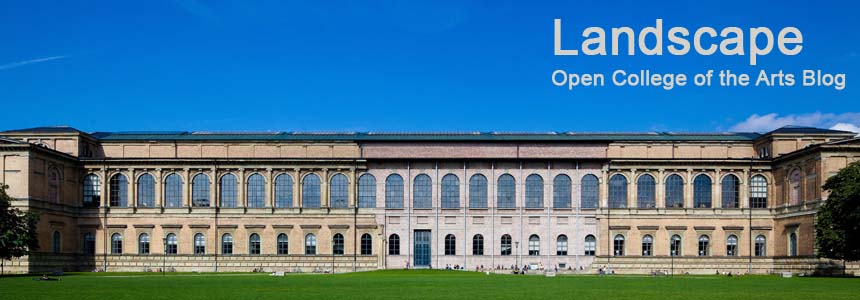- What is Photographic Art
- How has the post modern movement changed that view
I still feel unprepared to definitively answer either question, I suspect I never shall, however, my understanding of both is gradually evolving.
The question of what is or is not art lurks behind all new art forms and has cursed photography more than most, it took 130 years of photographic practice before the art world finally took photography to its heart and started to put photographs on the walls of museums rather than the pages of newspapers. I think part of the problem always lay in the apparent ease of taking a photograph, point the camera, press the button, a child can do it. How can something so simple to create have the same authority as a masterpiece in oils or sculpture. The answer I think lies in the intent of the photographer, but distinctly not in the technical expertise or craft. In the recent debate there was a comparison between two technically brilliant images, a grizzly bear charging through water and a pastoral landscape with sublime lighting, and an apparently casual snapshot made by Lee Friedlander.
The crux of the debate was essentially that the two "beautiful" photographs, were more graphical, capturing them clearly requiring skill and endurance, whilst the Friedlander was simply a TV at the foot of a bed photographed from a supine position. The counter argument, the "art" view, was that neither of the nature shots asked any questions, posed any difficulties or worked at any level other than the purely visual, whilst the Friedlander image was difficult to understand, was a little disturbing and demanded greater thought. The reason that Friedlander image was seen as a work of art lay in the intent of the artist to pose questions and engage in a dialogue with the viewer. A further dimension to this was not included in the discussion and that is the fact that Friedlander generally shows his images in series as part of a set, seen alone they lack the narrative power of the group.
At this point the postmodern rears its head, in the sense that the image is open to many different interpretations, it has no intrinsic meaning in of itself, it can only attain meaning in the mind of a person looking at it. This meaning might vary from person to person, it might be influenced by culture/ethnicity, and will change over time. The charging bear will always remain a charging bear, the landscape a landscape.
I am finding that much of the debate about images takes place against a single picture, rather than the sequence. Surely the ability of a photographer to create a photobook is a key difference versus more traditional art, the addition of a temporal dimension to the work that can be built through the combination of multiple images. My collection of photobooks is growing by one volume a week, I am in strong agreement with Gerry Badgers often stated view that the photobook is the supreme achivement of photographic art/

No comments:
Post a Comment